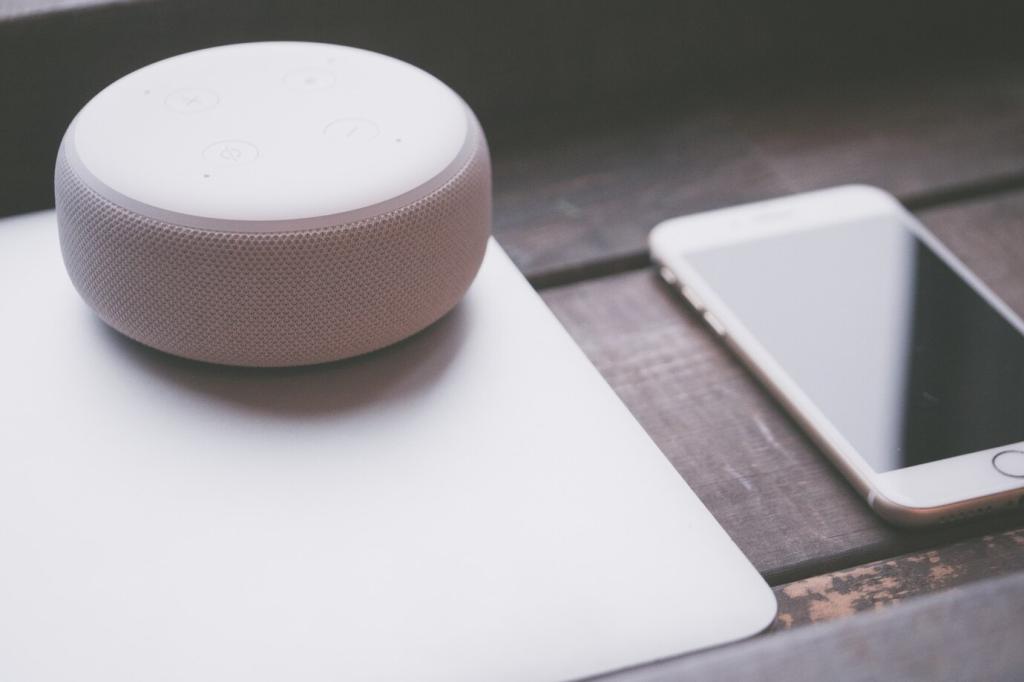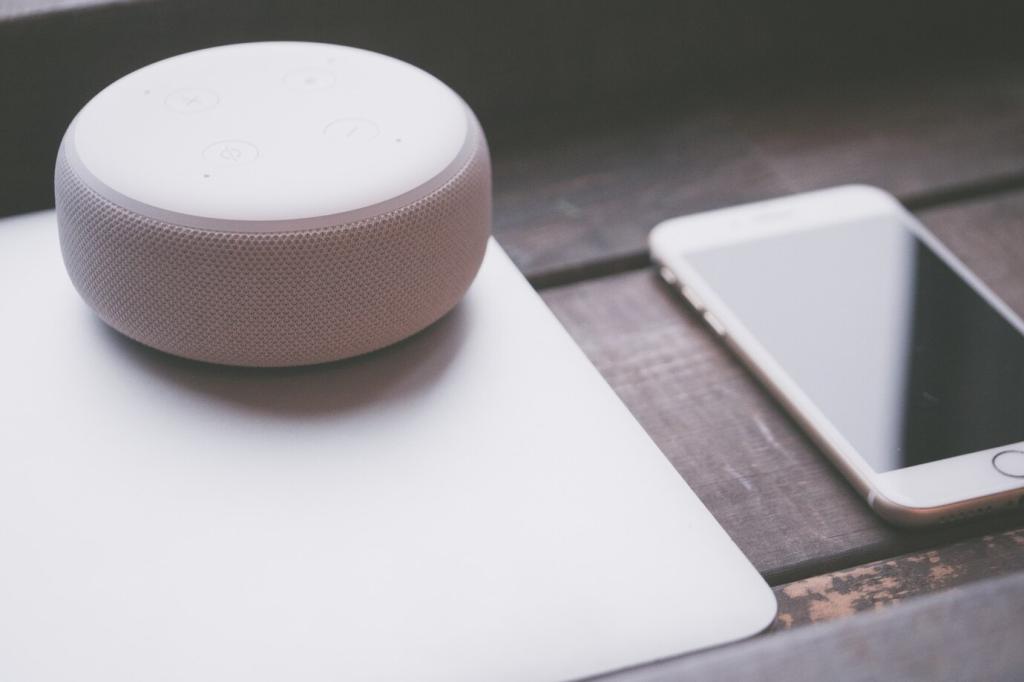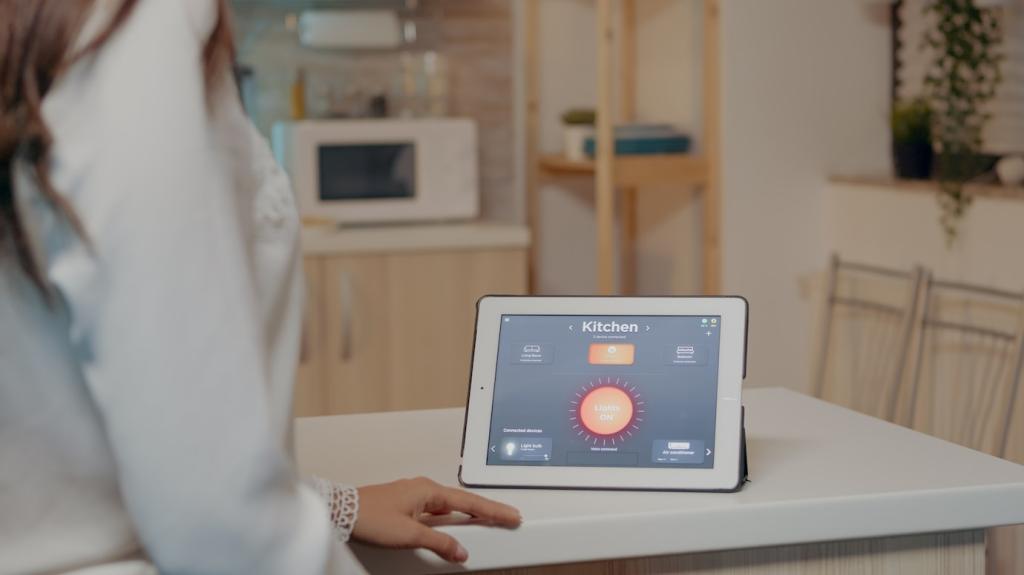
Chosen Theme: Voice Activation vs. Manual Control — Pros and Cons
Hands-free or hands-on? Today we dive into Voice Activation vs. Manual Control, exploring real-world benefits, hidden pitfalls, and smart ways to blend both. Share your experiences, ask questions, and subscribe for more thoughtful, practical technology insights.
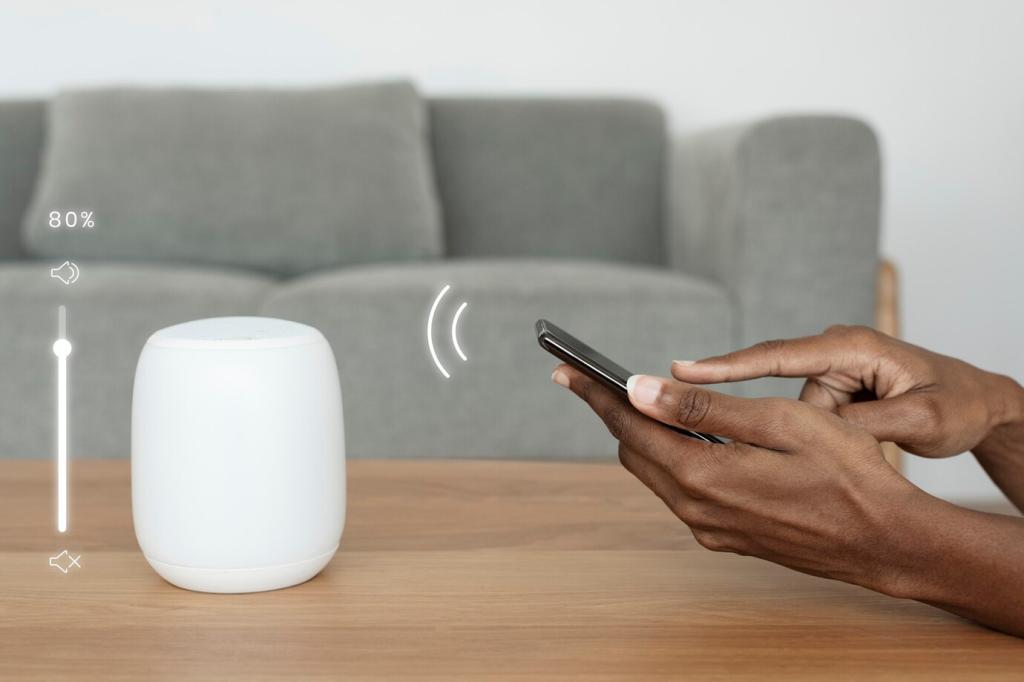
Hands-Free Freedom
Voice activation excels when your hands and eyes are busy—cooking dinner, driving, or repairing a bike. A quick command can start timers, navigate routes, or call family without breaking concentration. Tell us when voice rescued your workflow mid‑task.
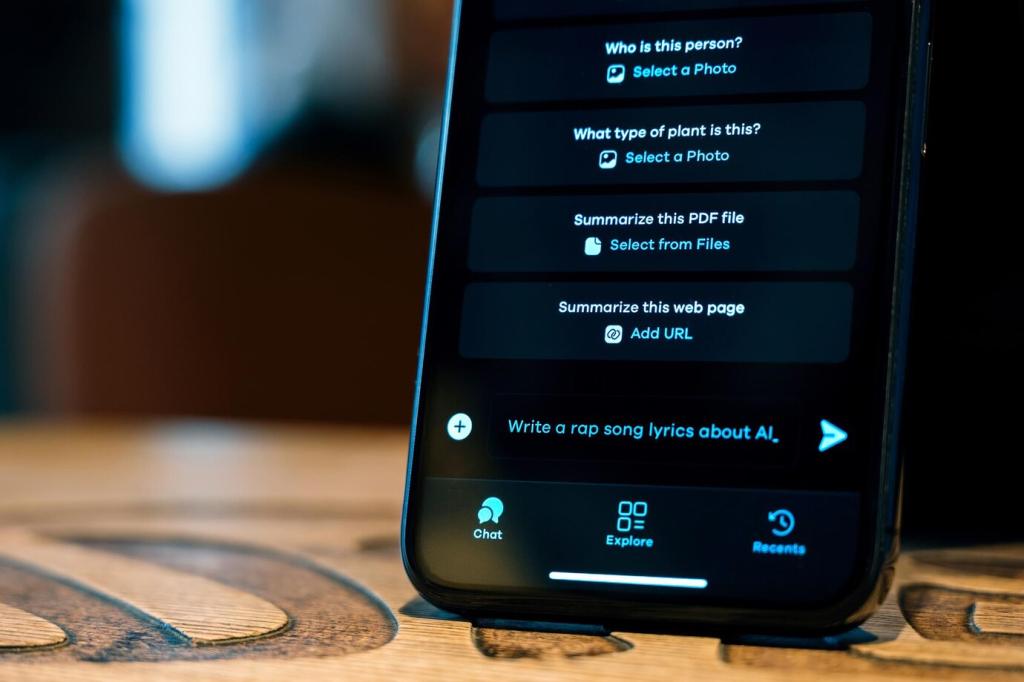
Tactile Certainty
Manual control delivers reliable, immediate feedback. Turning a knob or pressing a button confirms intent, especially when silence or precision matters. Many people prefer tactile control for volume, lighting dimmers, and camera settings that demand exactness.

Context Is King
The best interface fits the moment. In quiet rooms, voice feels effortless; at the library or on a plane, manual wins. Choosing based on environment, urgency, and privacy helps you stay efficient and considerate. What rule of thumb guides your choice?
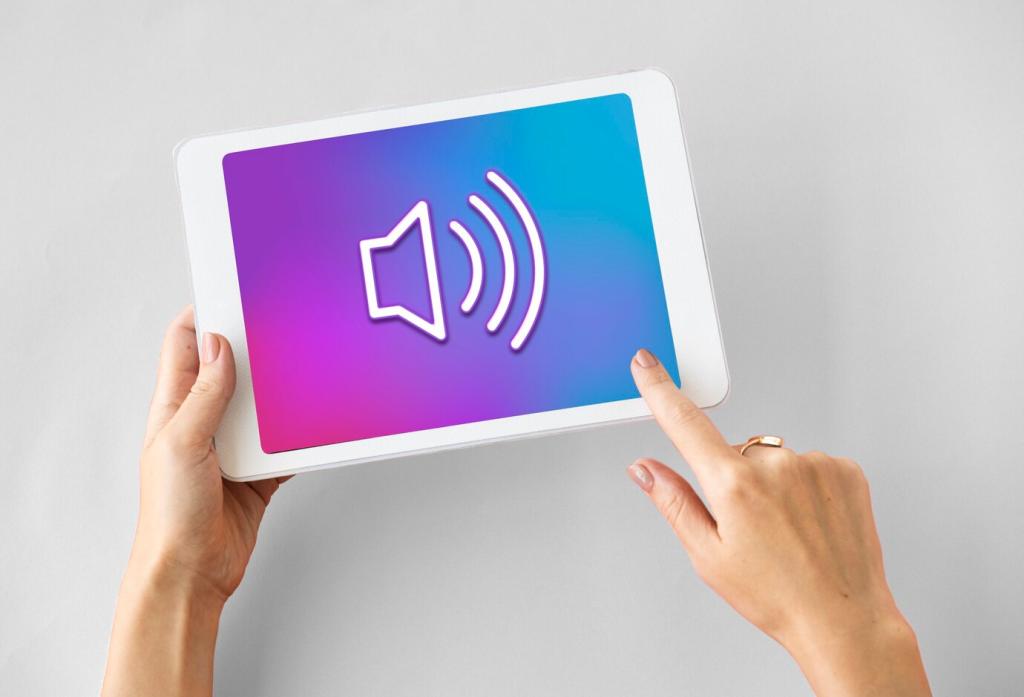

Privacy and Security: What Your Mic and Your Fingers Reveal
Microphones that await wake words raise concerns about unintended recordings and data storage. Many devices now offer clear mic indicators and on‑device processing options. Do you disable wake words at night, or use a hardware mute switch for peace of mind?
Privacy and Security: What Your Mic and Your Fingers Reveal
False triggers can capture snippets of private conversations or execute unintended actions. Careful wake word selection, sensitivity settings, and activity review logs reduce risk. Share how you fine‑tuned your assistant to minimize awkward surprises at home or work.
Voice as an Equalizer
For people with limited mobility or vision, voice commands can be transformative, enabling independence across tasks like messages, navigation, and smart home scenes. Tell us which voice features improved your daily routine or helped a loved one thrive.
Accents, Dialects, and Speech Variability
Speech systems still struggle with diverse accents, stutters, and quiet voices. Personalized voice profiles and on‑device training help, but manual options must remain robust. How well does your assistant understand you, and what improved it most?
Noisy Rooms and Silent Spaces
Crowded kitchens, workshops, and shared offices can foil voice recognition or make speaking awkward. Good design pairs voice with large buttons, clear labels, and haptic cues. Which everyday scenarios push you to switch methods on the fly?
Voice assistants stumble in wind, engine hum, or echoey rooms. Directional mics and noise suppression help, but manual controls shine when clarity falters. What environmental tweaks or accessories made your voice setup noticeably more dependable?
Reliability and Environment: Noise, Connectivity, and Hardware Realities
Cloud features can boost accuracy yet fail without internet. On‑device models guard privacy and keep basic commands snappy. Manual controls remain resilient even during outages. How crucial is offline functionality in your home or travel gear?
Reliability and Environment: Noise, Connectivity, and Hardware Realities
Productivity and Flow: Getting Things Done Without Friction
A commuter once narrated a shopping list on a rainy drive, never glancing away from the road. Voice captured ideas instantly. When interruptions pile up, voice can preserve focus—provided commands are short, clear, and structured.
Manual controls lean on familiar metaphors—sliders, toggles, and menus—while voice relies on recall and phrasing. Cheat sheets, consistent verbs, and meaningful names reduce hiccups. Which commands became second nature for you after a week of use?
Undoing a mistake is faster when you can see and touch controls. With voice, confirmations and summaries help safeguard important actions. Do you prefer explicit verbal confirmations or silent, visible cues before something irreversible happens?
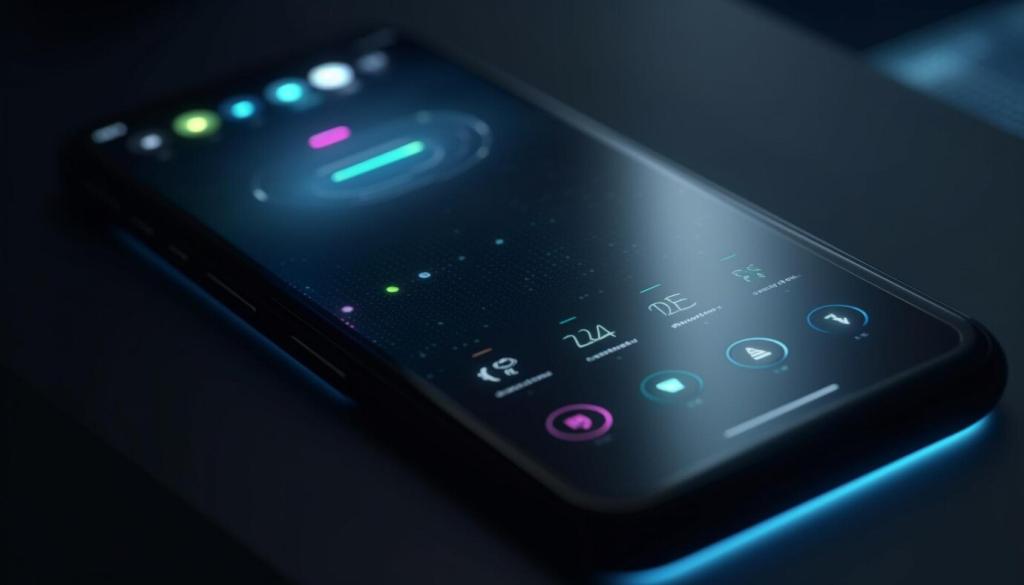
Safety and Etiquette: Using Tech Responsibly in Shared Spaces
Driving and Distraction
Voice can maintain eyes‑on‑road, but long dictations still consume attention. Short commands, clear feedback, and minimal options are safer. What in‑car tasks do you reserve for voice, and which do you postpone until parked?
Workplaces, Hospitals, and Labs
In sterile or gloved environments, voice avoids contamination and speeds tasks. Yet noise and privacy rules can complicate deployment. Hybrid setups—foot pedals, elbow switches, and voice—often win. Share a setting where this mix worked best.
Home Harmony and Courtesy
Shouting across rooms can disrupt bedtime routines or calls. Whisper modes, room‑aware microphones, and quick manual overrides keep peace. How do you balance convenience with courtesy when multiple people share the same devices and spaces?
